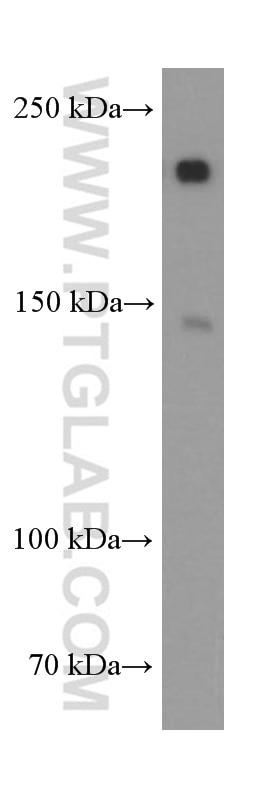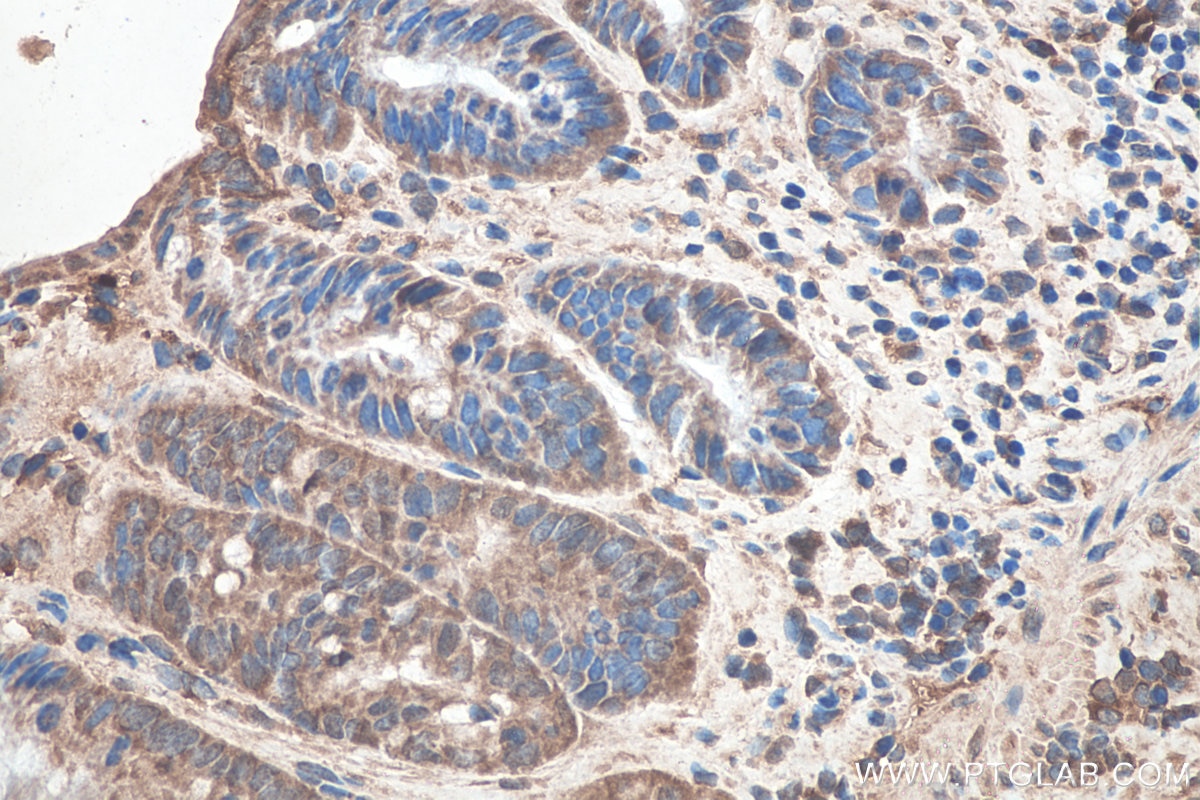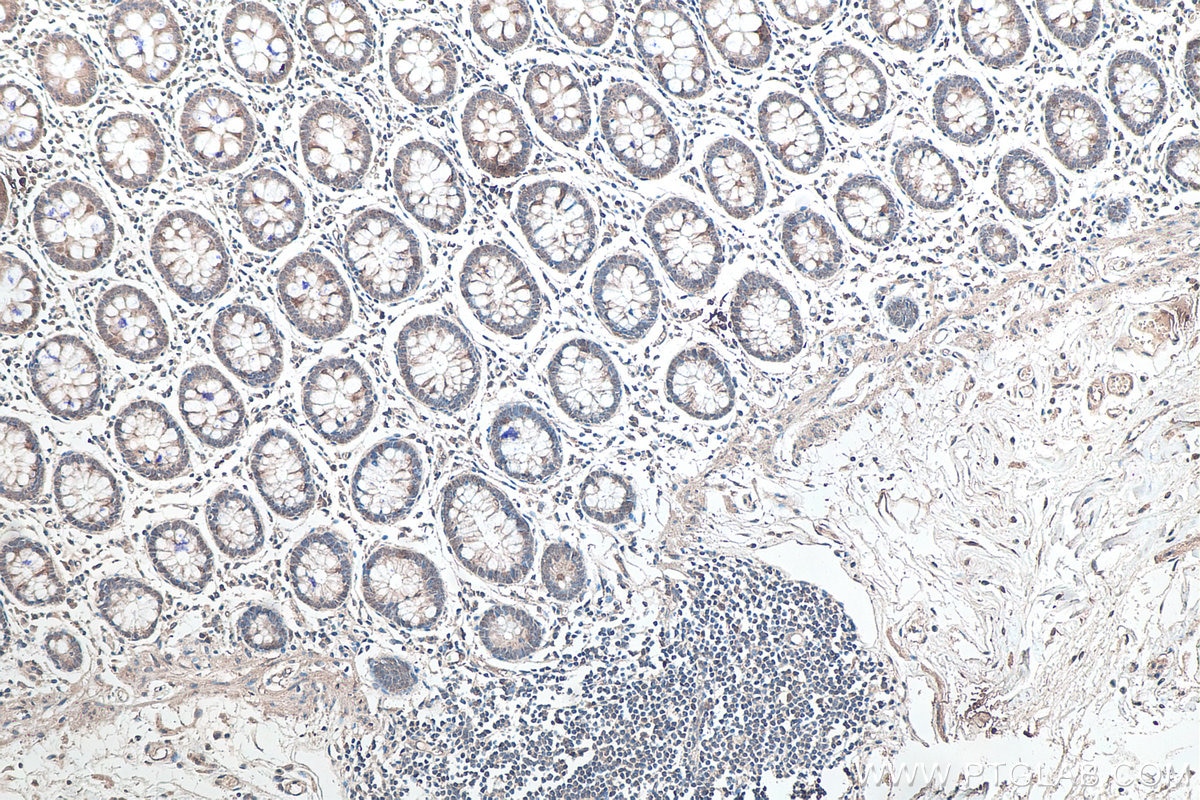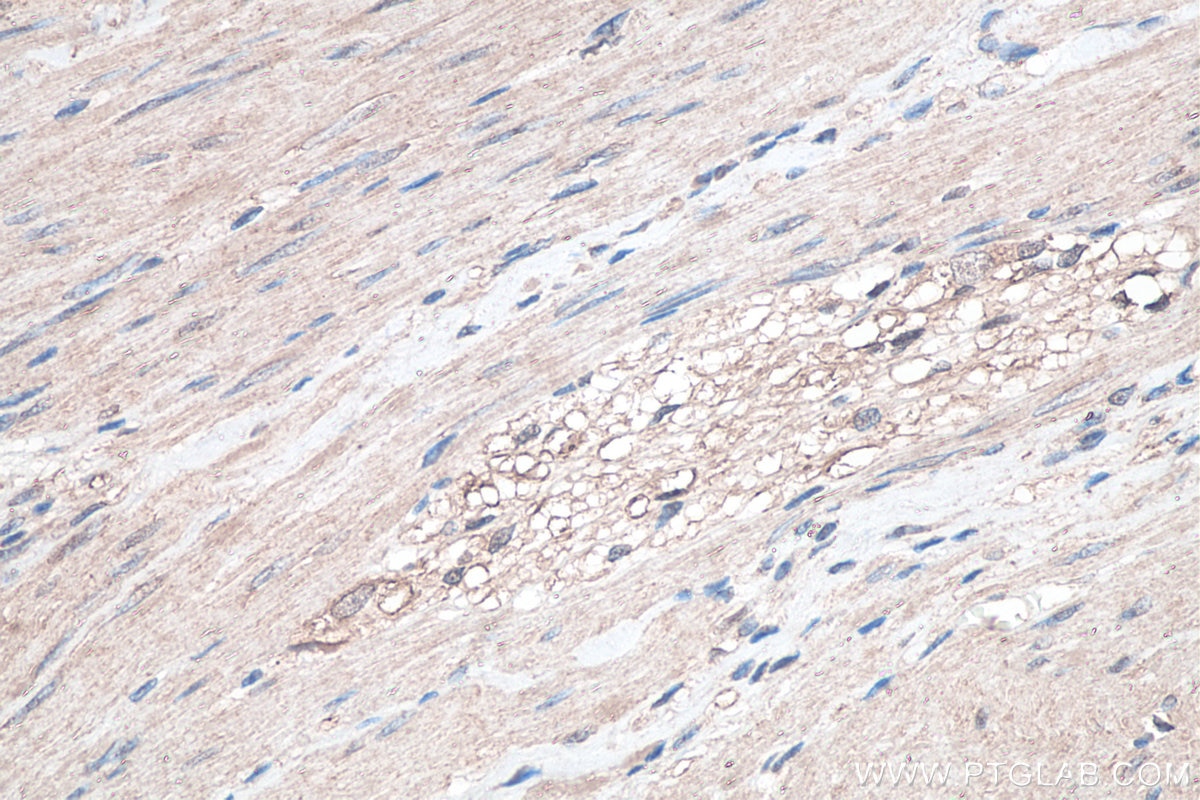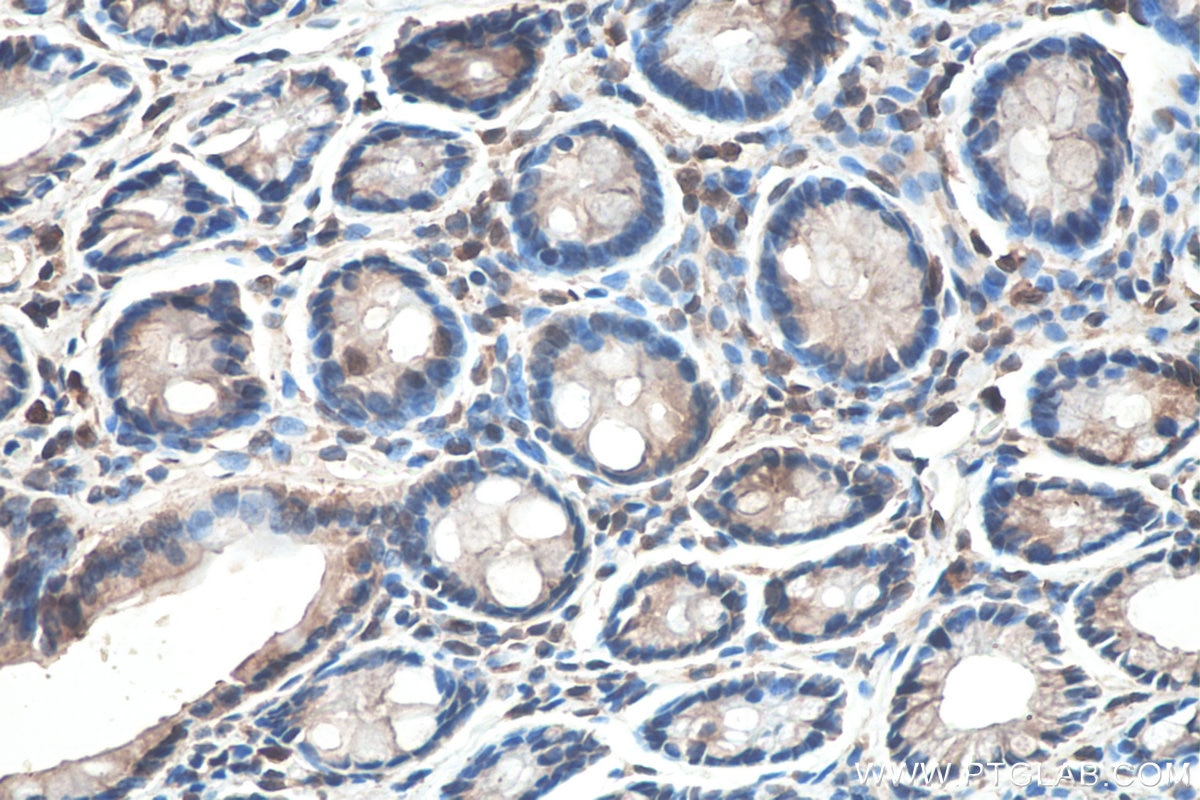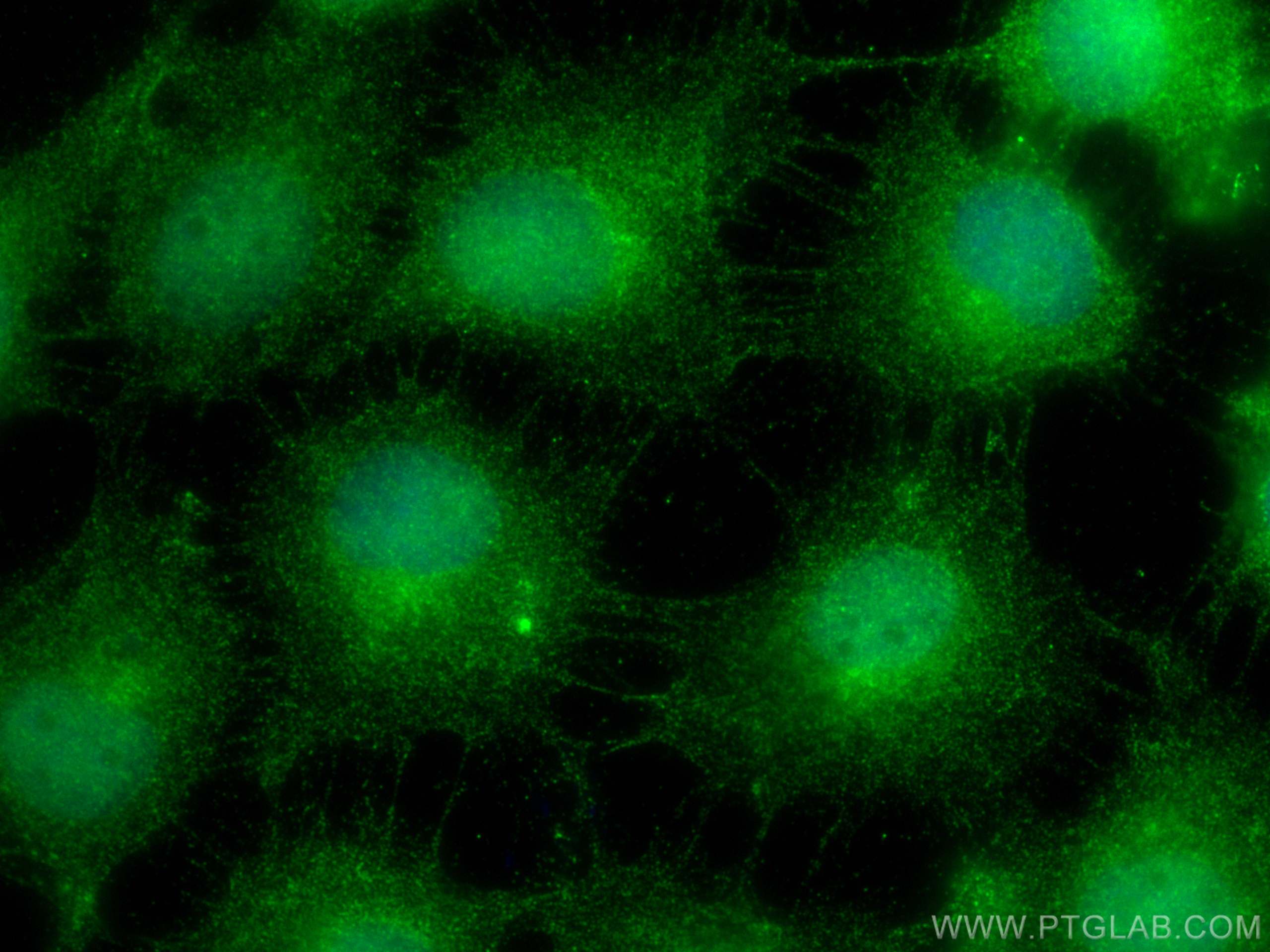Validation Data Gallery
Tested Applications
Recommended dilution
| Application | Dilution |
|---|---|
| It is recommended that this reagent should be titrated in each testing system to obtain optimal results. | |
Product Information
66293-1-PBS targets SETDB1 in WB, IHC, IF/ICC, ELISA applications and shows reactivity with human, mouse, rat samples.
| Tested Reactivity | human, mouse, rat |
| Host / Isotype | Mouse / IgG1 |
| Class | Monoclonal |
| Type | Antibody |
| Immunogen | SETDB1 fusion protein Ag21644 相同性解析による交差性が予測される生物種 |
| Full Name | SET domain, bifurcated 1 |
| Calculated molecular weight | 143 kDa |
| Observed molecular weight | 170-180 kDa |
| GenBank accession number | BC009362 |
| Gene Symbol | SETDB1 |
| Gene ID (NCBI) | 9869 |
| RRID | AB_2881676 |
| Conjugate | Unconjugated |
| Form | Liquid |
| Purification Method | Protein G purification |
| UNIPROT ID | Q15047 |
| Storage Buffer | PBS only{{ptg:BufferTemp}}7.3 |
| Storage Conditions | Store at -80°C. |
Background Information
SETDB1, also named as ESET, KIAA0067 and KMT1E, belongs to the histone-lysine methyltransferase family. It is a SET domain protein with histone H3-K9-specific methyltransferase activity. H3 'Lys-9' trimethylation is coordinated with DNA methylation and represents a specific tag for epigenetic transcriptional repression by recruiting HP1 (CBX1, CBX3 and/or CBX5) proteins to methylated histones. SETDB1 mainly functions in euchromatin regions, thereby playing a central role in the silencing of euchromatic genes. It probably forms a complex with MBD1 and ATF7IP that represses transcription and couples DNA methylation and histone 'Lys-9' trimethylation. Its activity is dependent on MBD1 and is heritably maintained through DNA replication by being recruited by CAF-1. SETDB1 regulates histone methylation, gene silencing, and transcriptional repression. It has been identified as a target for treatment in Huntington Disease, given that gene silencing and transcription dysfunction likely play a role in the disease pathogenesis. The calculated molecular weight of SETDB1 is 143 kDa, but the modified SETDB1 protein is about 170 kDa (PMID: 11791185).


